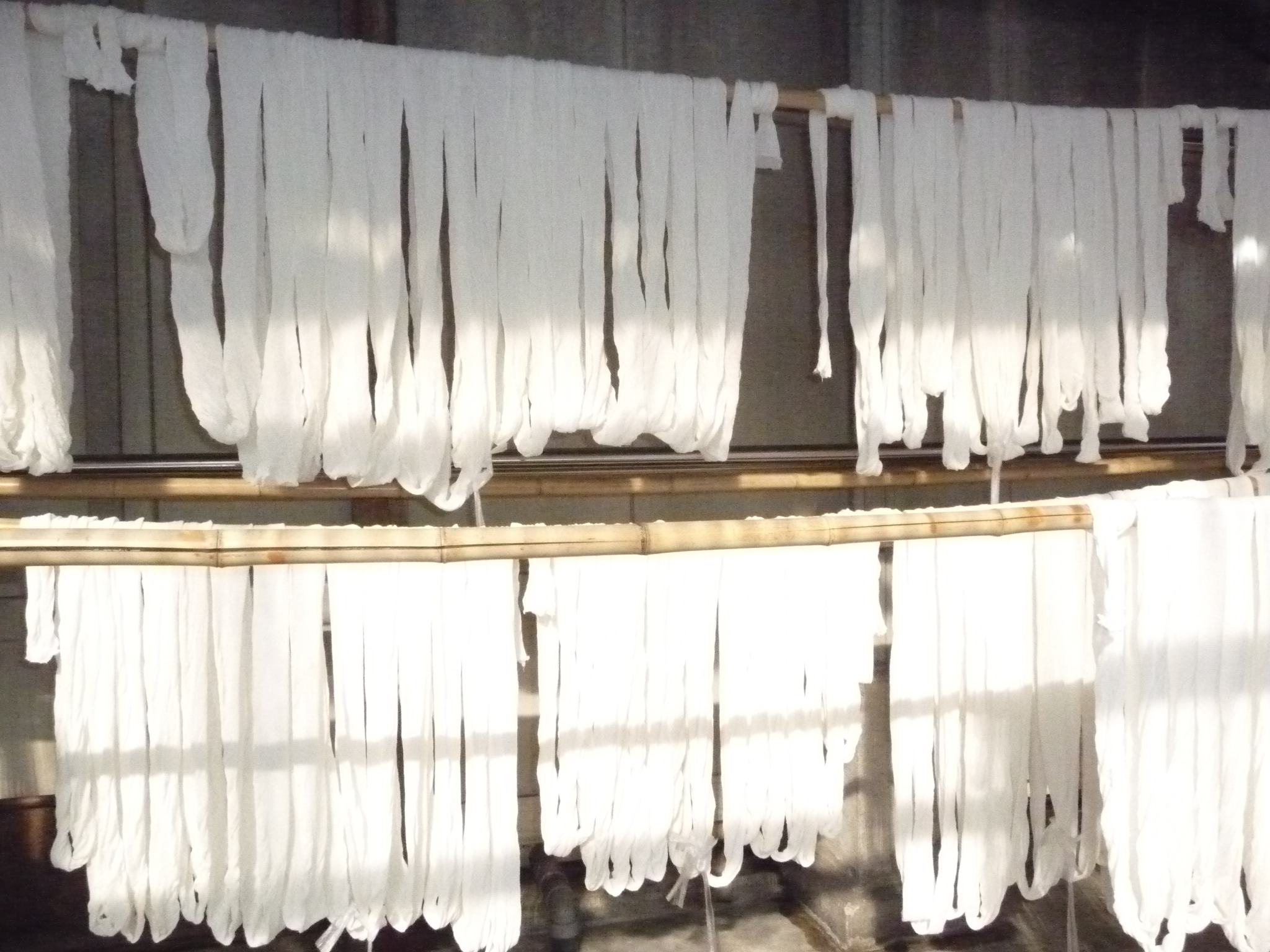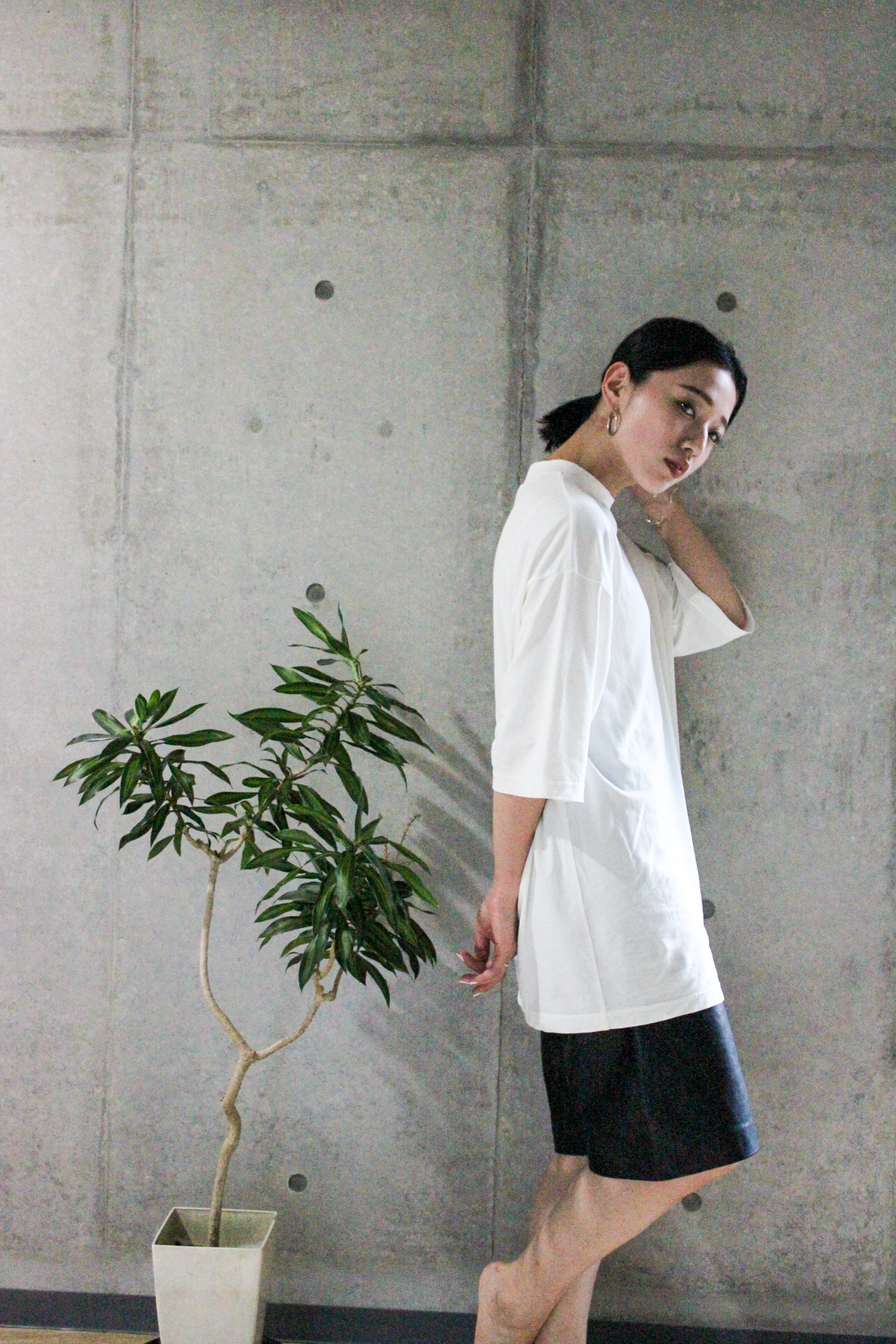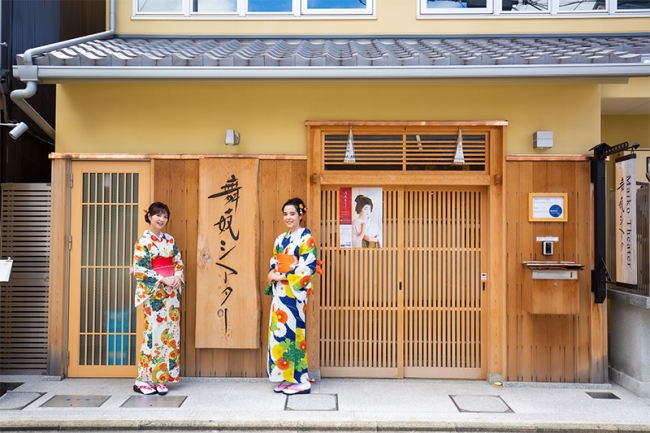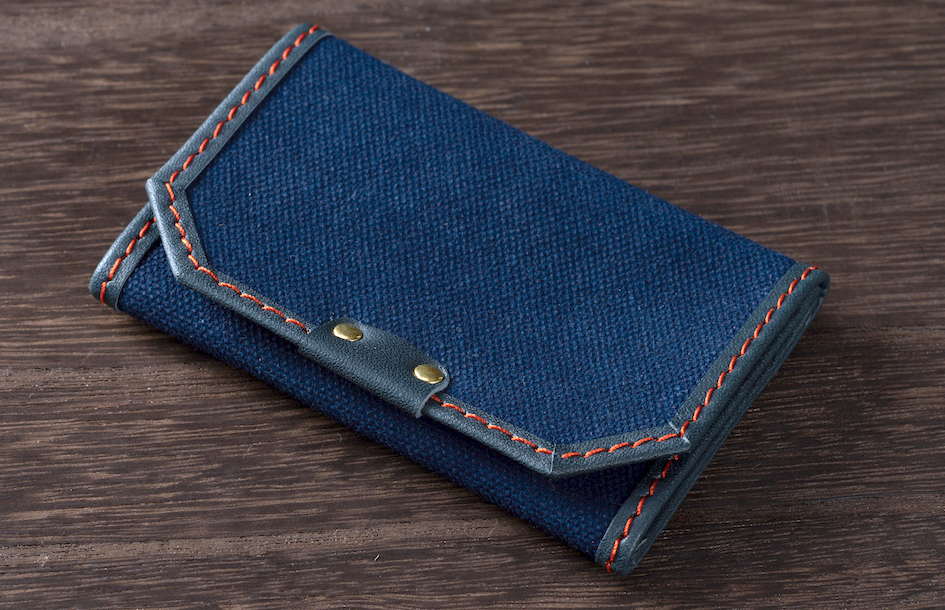[Overview of crowdfunding plan]
・Implementation period: July 17 to July 31, 2020
・Organizer: Takuryu GK
・Planning cooperation: McAke Co., Ltd.
・Project URL is here
【What is Makuake】
Makuake is crowdfunding in which a local government launches a project as an executor and solicits donations to the project on the Internet.
[5 performances]
① Humidity control effect
・It is the natural property of Manila hemp, which is a raw material of Japanese paper, and has the function of adjusting humidity according to changes in the environment.
・Washi paper is used as a beauty sheet because it keeps your skin moisturized even if you wear it for a long time.
② Antibacterial effect/deodorant effect
-No antibacterial treatment using chemicals etc. is performed at all, and it has the magical property that the antibacterial action is further increased by washing it about 10 times with the original property of Japanese paper made from porous Manila hemp. (Subsequent washing shows almost no change in antibacterial effect)
-A functional test has confirmed that the antibacterial action is about 8 times that of cotton. It has the effect that it is difficult for the bacteria to grow and it is hard to smell.
③UV cut effect
Manila hemp resin, a perennial plant, has the ability to block UV rays. (UV rays 89.2% cut)
④ Water absorption and quick-drying
Since Japanese paper is porous, it absorbs hard sweat and is not sticky. On top of that, it’s also quick-drying, so it’s amazing that it’s dry and doesn’t get damp easily.
⑤High durability
Washi has been used as a material for Japanese books since ancient times, but it remains intact for hundreds of years. In other words, washi is very durable and strong against water! By developing it and developing it into fabric, it has evolved into wonderful multifunctional clothes.

[High quality comfort]
“A unique linen-like crispness and smooth feel like fine cotton”
Made from hemp and high-quality cotton, it has the same comfort as never before.
In the summer, you can wear it as a single piece and feel cool
In the cooler months, you can put on a jacket and spend a refreshing time.
In addition, because it is tailored to a relaxed silhouette that you can feel the goodness of the material
You can do styling that blends into everyday life.
At a glance, the aura wearing fine clothes is obvious!
Please spend a relaxing and rich time in sophisticated clothes.

[Making next-generation clothes that are kind to the natural environment]
The raw material of Japanese paper is made of natural fiber called Manila hemp. Manila hemp is a strong perennial plant, does not use pesticides and chemical fertilizers for cultivation, and is a perennial plant that repeats regeneration within 2 to 3 years after harvest.
*The milk button is used for the button, and no chemical material is used.
It is an ethical material that is kind to both people and the earth.
*Ethical means “things and things that take into consideration nature, human rights, animals, etc.”, which means “ethical” in direct translation.
The earth is at a major turning point. It is said that people will gradually become unable to live on Earth from around 2050 unless they change their lives by 2030. This is what is said worldwide. Various efforts are needed to stop it.
“What you can do in the apparel industry”
・We are loving each and every one of our customers to deliver wonderful products that customers can keep wearing.
・Use earth-friendly materials.
・Do not make too much clothes. (In Japan, there is a supply of about 3 billion pieces, and only about 1.5 billion pieces are consumed. In other words, about 1.5 billion pieces are made extra.)

However, the reality is that even if only the company works, no noticeable effect will be produced. The everyday behavior of each and every one of our citizens is of utmost importance, and the word “ethical consumption” has become more and more popular worldwide these days. It is important for the purchaser to understand and select “whether the product was made in consideration of the environment, animals, and the working environment of the producer” and “is it usable for a long time?” Ethical consumption is the mainstream in Europe, and Japan must take ethical consumption as a matter of course. Let’s tackle the problem of humanity called “environmental problem” together with the clothes made from this Japanese paper!
In addition, we do not dare to dye the “Washi” so that you can feel its splendor. Please enjoy and enjoy the original color of Washi.
[Commitment to Japanese paper]
○ After harvesting Manila hemp, all production is done in Japan from thread making to sewing
In fact, the process of making Japanese paper threads is very inefficient.
① Break Japanese paper into slits and twist it into a single thread.
② Knit the tube once using the thread.
③ The person carefully wash the knitted fabric and let it dry naturally in the sun for 3 days to 1 week. (Natural drying also depends on the weather, so mass production is not possible.)
④ Unravel the knitted fabric and finally the “thread” is completed.


It takes a lot of time and effort to make Washi into a fabric.
Because of the time-consuming and time-consuming work, we were able to achieve a soft texture that does not seem like paper, without impairing the excellent characteristics of Japanese paper.
[Various coordination]




[Designed to fit kimono easily]
The reason we, the Motoyama brothers, wanted to make Washi clothes was to match with kimono.
I usually call the Japanese and Western eclectic kimono coordination called “Takuryu Coord.”
However, I received many voices saying “I do not know where to buy it” but “I want you to make it with skillful -call-” although it is helpful for wearing it.
In the meantime, I am grateful that “We have developed 100% Japanese paper fabric, so let’s make a skillful original product! We will contact you from the manufacturer to develop the product.
There is a point of “designing the neck” while wearing kimono in an eclectic Japanese and Western style.
So, this time, we developed “Open Color Shirt” and “Mock Neck Cut and Sewn”.
Let’s take this opportunity to make a debut in kimono.
For coordination, we, Motoyama brothers, will do their styling firmly.

I am confident that Washi clothes will enrich my life.
I feel that it is a very rich heart to be touched and attached to “environmentally friendly and fine Japanese paper clothes”. I would like to deliver Japanese paper clothes to more people and add color to everyone’s lives.















































